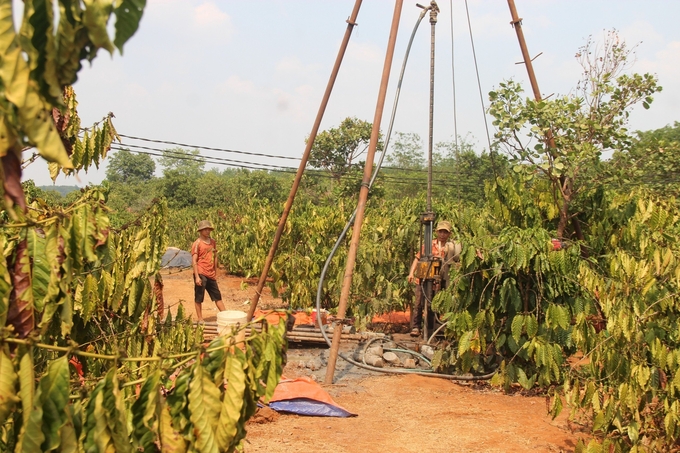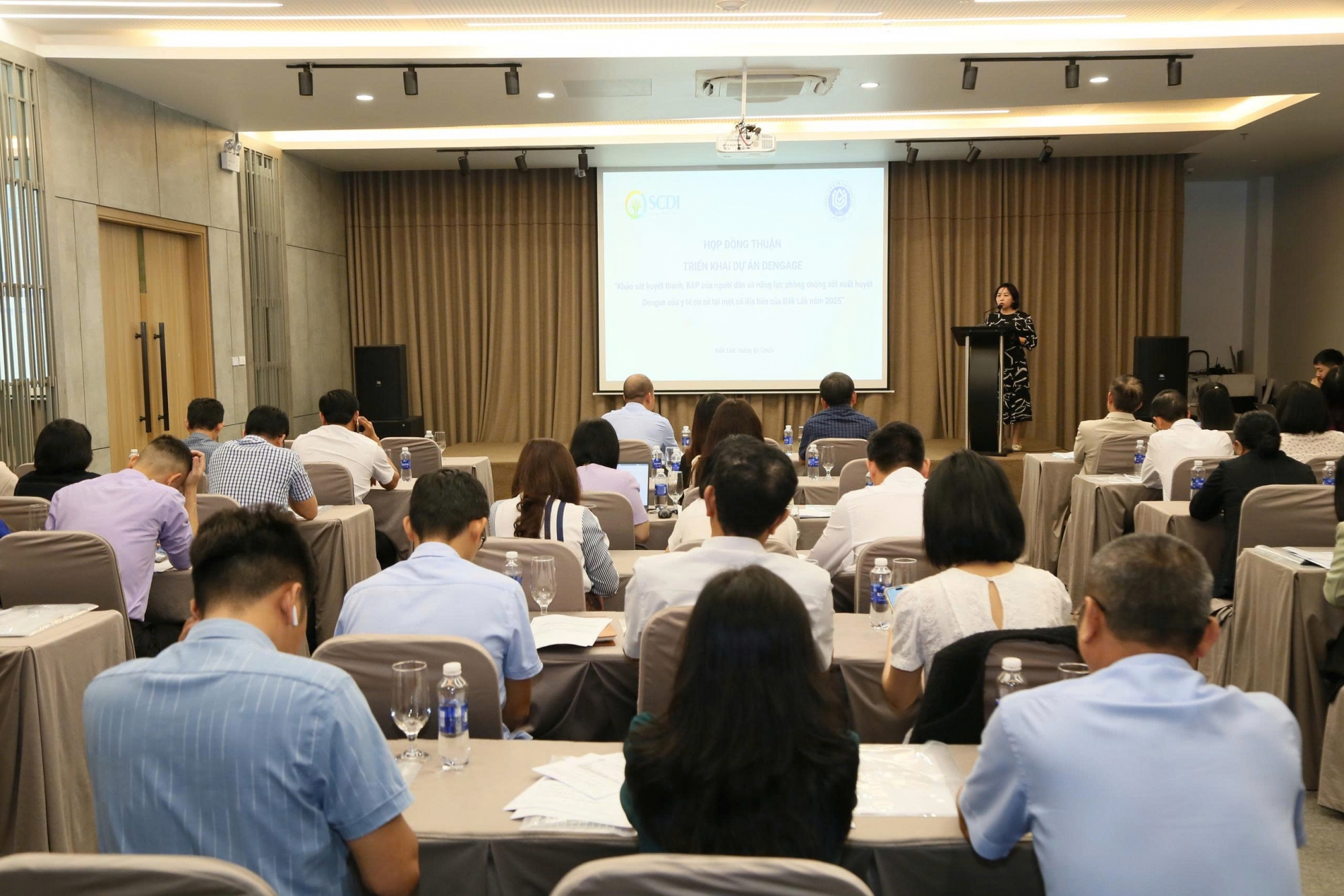This blog, originally published on Global Fund Advocates Network, was co-authored in collaboration with Salud por Derecho and SCDI.
Climate change is no longer a distant threat. Its impact is already being felt and will only worsen during our lifetime. Rising temperature, caused by a constant increase in our collective levels of CO2 emissions, over 50% in 60 years, are leading to rising average temperature, changing weather patterns and the proliferation of extreme weather events, including heat waves, climate-intensified fires, droughts, and floods. The direct and indirect repercussions of climate change are manifold and serious – see here maps of the global impact of climate change on droughts, heat waves and floods.
Human health is one of the sectors that will be deeply impacted by the effects of climate change. Heat waves and droughts destabilize and shorten the growing seasons, leading to a decrease in food production and in time, nutrition; floods damage water quality, causing increases of water-borne diseases including cholera or diarrhea; and rising temperatures lengthen mosquito season and extend their range, putting more people at risk of contracting malaria, dengue & zika for longer periods every year.
The most vulnerable populations in countries with the least resources are the most affected by the effects of climate change. The climate crisis puts enormous pressure on public systems, and as that pressure mounts, these systems become more likely to break, with rippling effects on poverty, conflict, and migration. These processes play out at a scale that is difficult to comprehend, and intersect with local conditions to create myriads of unique challenges. Looking at a smaller scale can, at times, be a better way to understand the interplay between climate change and health – we can take a look at Vietnam, where community-based organizations and networks have highlighted some of the impacts that climate change is having on health, and in particular HIV, tuberculosis and malaria.
Agriculture is a large and dynamic sector in Vietnam, where rice-based subsistence farming has been replaced by export-oriented crops over the past 40 years. The country is the world’s second largest exporter of coffee, after Brazil. It represents 16% of the global coffee market, and over 92% of all coffee cultivated is grown in the country’s central highlands. However, the development of coffee plantation is dependent on regular rainfall, and in past years series of drought have put the industry in jeopardy.

Photo: Farmers in Gia Lai had to drill wells to save their coffee plants from drought (Source: Tuan Anh/Vietnam Agriculture News)
Drought and resulting poor yields have led an increasing number of farmers to seek new opportunities or flee because of indebtedness. Some chose to abandon their land and clear new fields, going further into the forest and finding themselves newly exposed to malaria, in a region that is close to elimination. Others move to the city, where they try to find work and move into crowded settlements, with poor infrastructure, increasing their chances of TB infection, with knock-on effects on poverty as household members become too sick to work.
The climate crisis and its complex socio-economic impacts can worsen the existing gender barriers to healthcare services, in TB for example, where women have less access to health services and receive less care if they have active TB compared to men. Besides, people with TB, regardless of gender, often feel guilty and self-stigmatized for not fulfilling their expected gender roles due to the sickness. In Vietnam, men face intense anxiety and guilt when disease, as men tend for a range of reasons to more often develop active TB, prevent them from providing for their family, which they see as their role and duty, whereas women with TB find themselves frustratedly being taken away from their children and not fulfilling their expected roles as family caregivers. GCTA published a useful series of books on the topic of gender and stigma, from the perspective of men, women and children.
Further South around the Mekong Delta, sea water rise has led to salination and erosion of coastal areas, making life challenging for some farmers. Many also chose to move to nearby urban centers, in particular young women (including transgender women). As the local economy struggled to absorb all new migrants, and was further damaged by the pandemic, many chose or were forced to resort to sex work. This new generation of sex-workers has often not been reached by HIV programs and is at a greater risk of contracting the virus.
None of these risk factors are new. Forest dwellers have been the primary group affected by malaria in Southeast Asia for decades, crowded settlements are always a major risk factor for respiratory diseases, including TB, and new migration waves are often associated with growth in sex-work and associated risks of rise in STDs, including HIV. Climate change affects the speed and scale of these transformations. More people are affected in a shorter time, leading to many more “perfect storms”, where many different factors come together to bring public systems and communities on the brink of collapse.
In other contexts, the impact of climate change will take different form: loss to follow up for HIV and TB patients will rise because of new migration flows, malnutrition will worsen health outcomes and lead to TB outbreaks, pathogens will be re-introduced in communities where they had been eliminated.
.png)
Photo: The migration flows to urban crowded settlements increases the risk of TB outbreaks.
The intricate interplay between climate change and health underscores the urgent need for collaborative and comprehensive action, with mitigation and adaptation policies, sufficient funding, and putting the most vulnerable populations at the center. The current trend – less than 0.5% of multilateral climate finance is allocated to health – must end, and rich countries must provide a transparent roadmap to meet their long-standing climate commitments: $100 billion per year and increased funding for adaptation policies by 2025.
There is room for optimism: multilateral health funds, such as Unitaid or the Global Fund to Fight AIDS, Tuberculosis and Malaria, have begun to incorporate climate change into their strategies and policies. The Global Fund is one of the leading global health institutions working on climate change and with health programs in the countries most affected by this crisis: 71% of its new investments (approximately US$9 billion between 2023 and 2025) will go to the 50 most climate-vulnerable countries. These additional resources will be essential to make health systems more resilient and able to absorb the combination of additional stressors caused by climate change. But there is a limit to how much can be achieved within existing resources, and additional resources will be required to continue to push back against current epidemics and prepare for rising threats.





.jpg)
-min.jpg)



.jpg)
